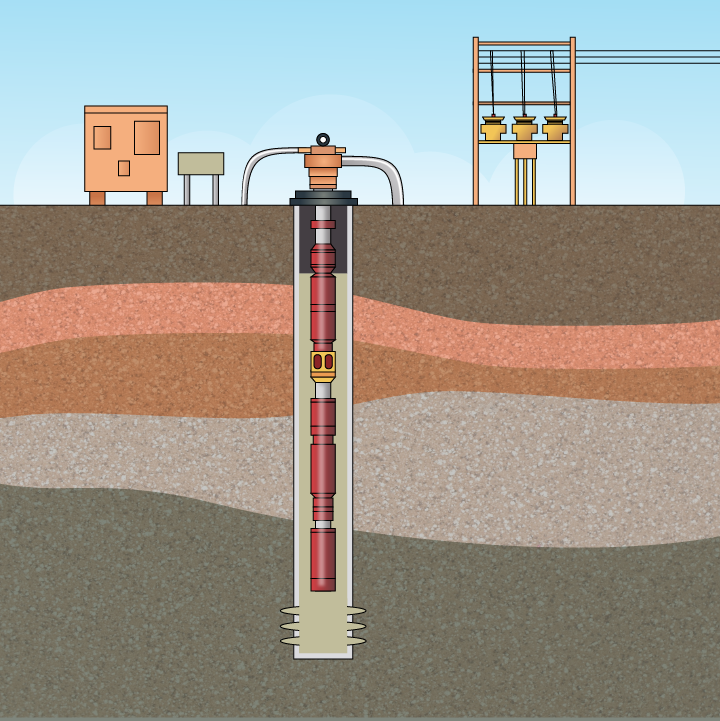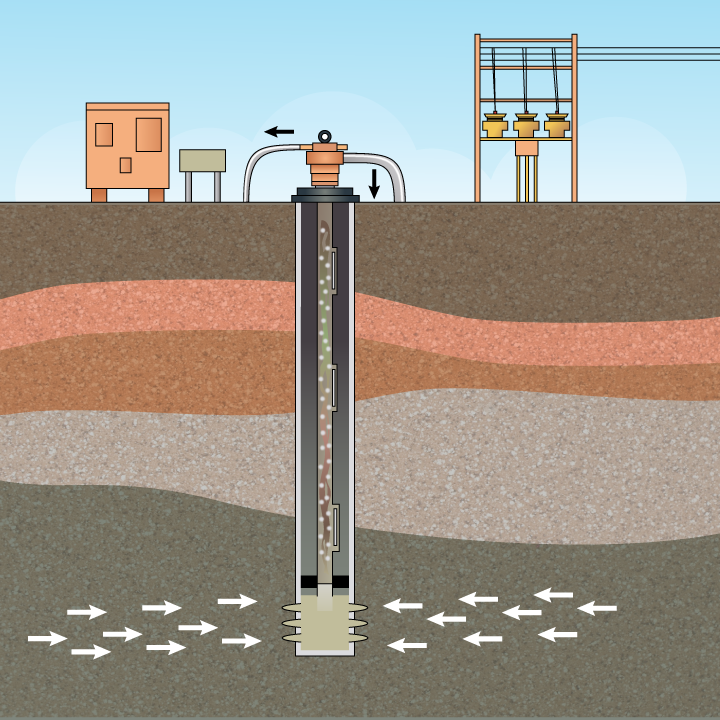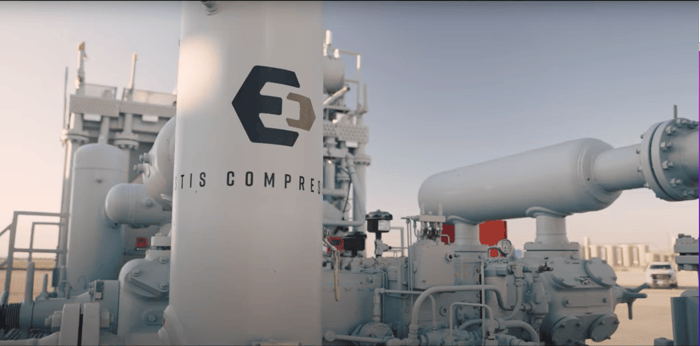Electric submersible pumps (ESPs), a mainstay of artificial lift methods, needs frequent maintenance, is prone to failure, and requires expensive overhaul and downhole repairs.
If you’re frustrated with ESPs, you may be considering multi-point, conventional gas lift (CGL) and are wondering about the drawbacks. Or perhaps you’re already using CGL but it’s not the solution you were hoping for.
CGL offers many benefits over ESPs. Yet it is not failsafe. Its major weakness is its gas lift valves. Some gas lift valve problems share similarities with ESP problems even though the technologies are very different—parts freeze up or fatigue to failure. But surprisingly, the biggest failure of CGL is not what you might expect.

How Conventional Gas Lift Works
CGL injects gas directly into a well’s column of fluid. These injections occur at several depths in the well. When pressures decrease at the top valve, it closes, and gas is injected through the second valve. As pressures decrease at the second valve, it closes, and gas is injected through the next valve. This process continues as you step down deeper into the well. The fluid column lightens as gas is injected, which allows more formation fluids to enter the wellbore. This is what increases production.
CGL handles a wide variety of flow conditions. It also tolerates many solids and gases that ESPs struggle with. The earliest forms of gas lift have been around since the mid-1800s, so it’s known to be effective and reliable.
Yet as with any artificial lift system, CGL parts need maintenance, which means downtime. CGL parts are also susceptible to failure. And since CGL—like ESPs—are downhole systems, when parts fail, production stops entirely.
3 common types of gas lift valves failure
Gas lift valves, as reliable as they tend to be, can leak or completely fail. Often the cause is one of three things:
Mechanical Failure
Moving parts, especially frequently moving parts, can fail. Gas lift valves are no different. For example, the valve seat can become damaged. Like a bathroom faucet, if the valve seat gets damaged, it doesn’t shut all the way and it leaks gas. This causes “multi-pointing” which is when gas is injected through more than one valve. Multi-pointing leads to inefficient lift operations which in turn decreases well performance.
Contamination Failure
Although CGL is known for its ability to tolerate solids production, it is not immune to potential problems associated with producing solids such as sand or paraffin. Similar to the mechanical failure, solids can cause valves to stick open or be cut out. This leads to inefficient production operations and the need for the well to be worked over.
Chemical Failure
The presence of CO2 or H2S exacerbate corrosion. This corrosive environment can damage the metal components of the gas lift valve. This can lead to the valve ceasing function.
Well operators can reduce wear and tear and cut down on service costs by maintaining the CGL system properly. (Elmer, 2019). However, even with maintenance, failures can occur. And dealing with gas lift valve problems usually requires tripping pipe.
Failures, regardless of reason, mean lost time and productivity plus repair and replacement costs. It’s a multi-day, expensive process.
Yet this isn’t the biggest failure of gas lift valves.
The #1 failure of conventional gas lift valves
The biggest failure of CGL is it can’t generate enough lift to compete with ESPs.
This is especially true for high-producing wells, the real barn burners. In these situations, the conventional gas lift process isn’t capable of initially lifting from the bottom valve. This means you’ll never reach the full potential of the well.
So what is the solution? Back to ESPs and their problems and costs?
Fortunately, no.
High-pressure gas lift (HPGL) provides the benefits of CGL without its drawbacks because it eliminates the need for gas lift valves. HPGL also produces fluid lift rates comparable to ESPs (SPE-195189-MS)—but with lower installation, maintenance and repair costs.

High pressure gas lift solves CGL gas lift valve problems
Deep sea drilling often relies on HPGL for artificial lift. And new technologies make HPGL a practical solution for onshore oil recovery.
CGL relies on multiple valves installed through the tubing string. In contrast, HPGL injects gas through a single point at the bottom of the tubing (either through the tubing or the annulus). There are no valves to repair, replace or maintain. In fact, HPGL requires no downhole jewelry at all. This makes HPGL more reliable and less complicated than CGL. And with less downtime, HPGL can increase productivity.
HPGL also uses surface compression technology which provides up to three times the injection pressure of CGL. HPGL pressures are around 4,000 psi, compared to CGL pressures of 1200 psi (and fracking pressures of 15,000 psi).
HPGL sounds too good to be true—what’s the catch?

HPGL is still a mechanical system, so it isn’t miraculously maintenance free and immune from failure. However, because the high pressure gas is injected from the surface, all operations and maintenance happen above ground. HPGL installations require no downhole intervention.
HPGL maintenance also doesn’t require you to shut down for days on end to do highly expensive work. Maintenance personnel can pull up in a pickup truck, shut the unit down for 30-60 minutes for service, and then you’re back up and running.
Get ahead of the trend
While it’s been used offshore for decades, HPGL is still considered a new technology for onshore artificial lift oil production. Yet single-point HPGL is the simplest, most efficient and productive lift system with the lowest total cost of ownership and the least downtime.
With companies like Estis making wellhead compression affordable, customizable, and reusable, using HPGL for onshore production is ready to take off. If you’d like to take advantage of this emerging trend, contact us to see how you can improve your productivity and reduce costs.




